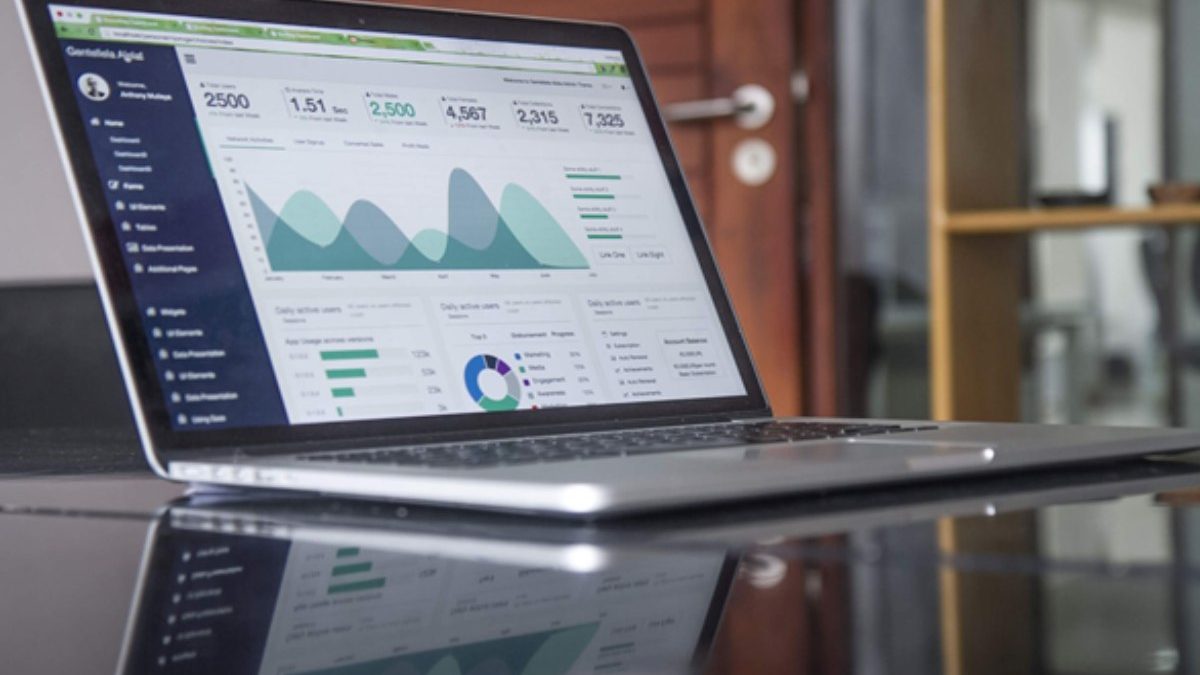Traffic Channels You Need to Focus on to Drive More Traffic to Your Online Store – Website traffic is a common way to measure online business effectiveness at attracting an audience. Tracking user activity on your website helps measure your company’s growth and evaluate marketing performance over time. That is why it is crucial to increase your ecommerce traffic constantly. However, let’s start with the basics. In this article, we will learn what website traffic is, why it is important to monitor it, and what channels can help you drive more traffic to your site.
Table of Contents
What is website traffic?
Website traffic means the number of users visiting a website. Each user who logs on to the website is recorded as a visit or session. The number of people visiting your website depends on such factors as the visitors’ goals, the way they discovered your page, and the site’s purpose. It should be pointed out that web traffic is specific to every page of your site, meaning that if you have a multi-page website, each of those pages’ traffic is configured independently. Web traffic is usually recorded by using one of the website tracking tools, like Google Analytics, Adobe Analytics, Mixpanel, or others.
Why is it important to monitor your website traffic?
Website traffic is exactly what makes your website run. If you do not attract any visitors (or, in other words, your potential customers), your site will get lost in the vastness of the internet, and people will not have a chance to even know that your online business exists. It means that your company will not generate any sales. And this is definitely the opposite of your goals. Ultimately your business will not survive without steady traffic flow.
However, just getting more traffic isn’t exactly what you need. What is the point of receiving a lot of traffic but not having enough leads to convert? Traffic quality is of the same importance, indeed. Quality traffic is the traffic that resonates with the buyer persona of the customers you aim to convert. High-quality traffic guarantees more engagement across various channels and more sales.
Where does website traffic come from?
A traffic channel refers to a group of traffic sources that belong to the same category. The 5 key website traffic channels are organic, paid, direct, social, and email. Let’s break each of these down to have a notion of what they stand for.
1. Organic traffic
Organic traffic is sent via organic (non-paid) results on search engines, such as Google, Bing, or Yahoo. Thus, organic visitors find your website by typing specific keywords into a search box of a browser. The more traffic your website generates through organic search, the higher is its position in search results. And that is exactly what you want because with a strong SEO there is no need to pay for ads to get people to find your site.
How to increase a website’s organic traffic, you probably wonder? One of the sure ways is creating relevant and high-quality content, like blog posts, case studies, videos, etc. Target keywords wisely, as well.
2. Paid traffic
Paid traffic, as the name suggests, is driven through paid search ads on a search engine. Since paid traffic is targeted to high-intent users (that probably are searching for something specific that your online business offers), paid search campaigns result in higher conversion rates. One of the quickest ways to generate a heavy load of traffic to your website is using a pay-per-click model.
In contrast to organic methods, paid promotions (if done through credible sources) not only ensure users visit your site, but also engage with your content.
3. Direct traffic
Direct traffic comes from users who typed the URL of your website onto their browser and landed directly on your site without going through a search engine. Therefore, direct traffic visitors are your website’s most loyal and engaged users. So, if your direct traffic gradually increases every month, it means that more and more people know your online business by name. Direct traffic is a great channel for measuring your brand’s awareness and demand.
4. Social traffic
Social traffic is the traffic that comes to your website from social media networks, such as Instagram, Facebook, LinkedIn, and others. Social traffic is, in fact, referral traffic coming from a specific set of websites, namely social media platforms. Unlike organic search users, social media visitors are more likely to be just casual browsers on your website. However, they are easily influenced. So, if your website generates high and consistent traffic from social media, you have a great chance to gain interested users and create a loyal community around your brand.
5. Email traffic
Email traffic is received from email marketing campaigns you have sent out. As this type of traffic comes from return visitors or leads who already subscribed to your email list (i.e. went through some stages of their buyer’s journey), they are considered to be more interested and invested in your business, and more likely to take the desired action.
Final thoughts
Website traffic is a critical metric for any business that is growing its online presence. More traffic means more revenue, and it is the reason why web traffic will remain a key priority for sustainable business growth in the digital age. That is why it is so important to know the channels that can drive more quality traffic to your site. Consistently evaluating the data that comes from different channels will help you optimize your conversions.

